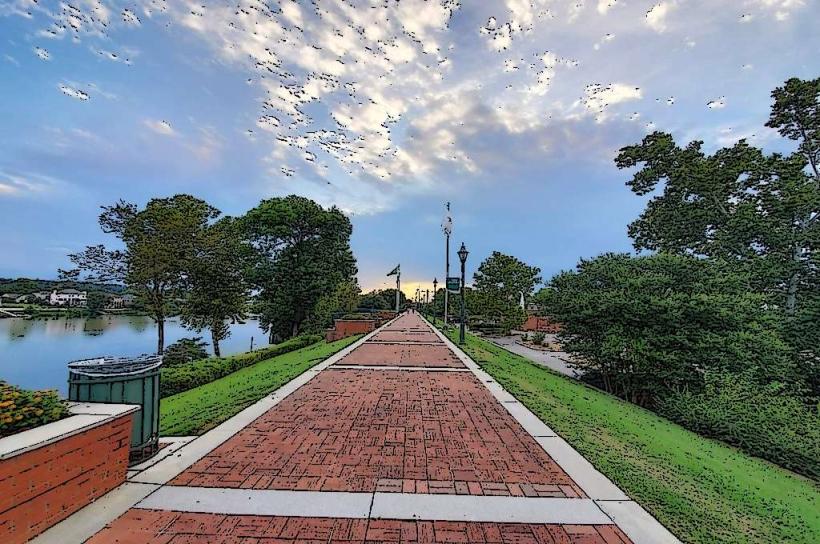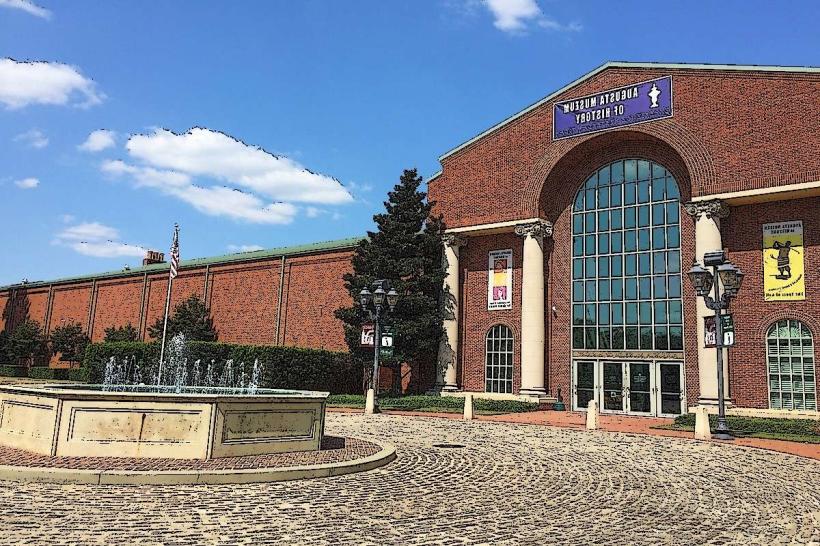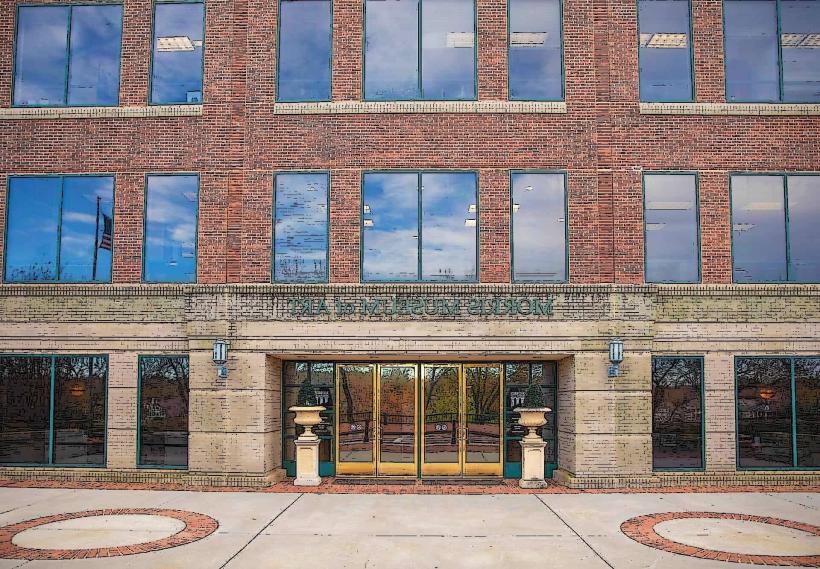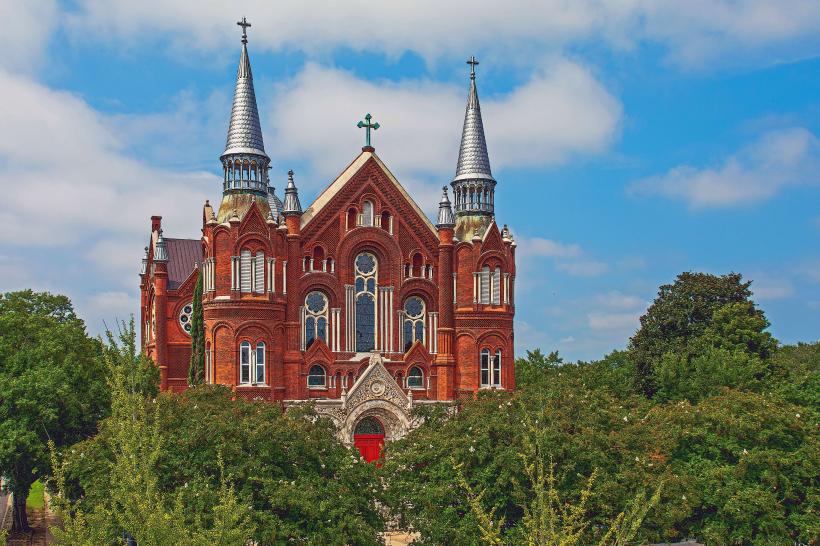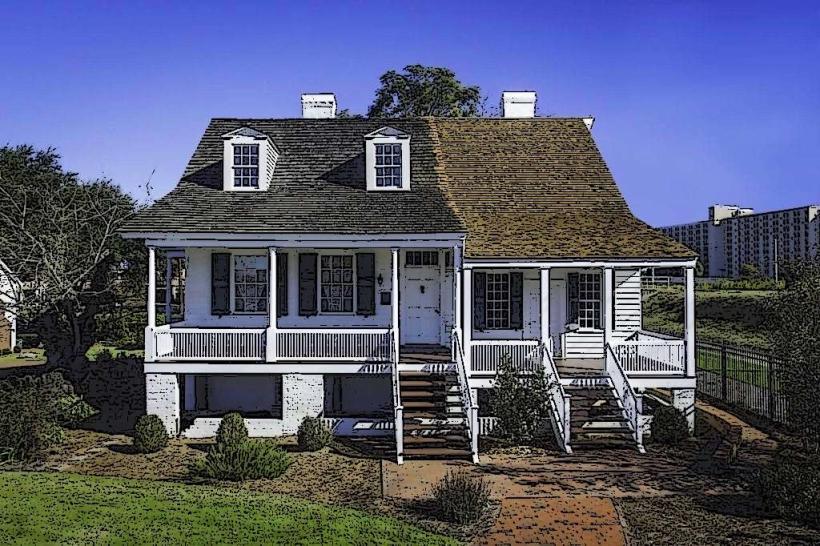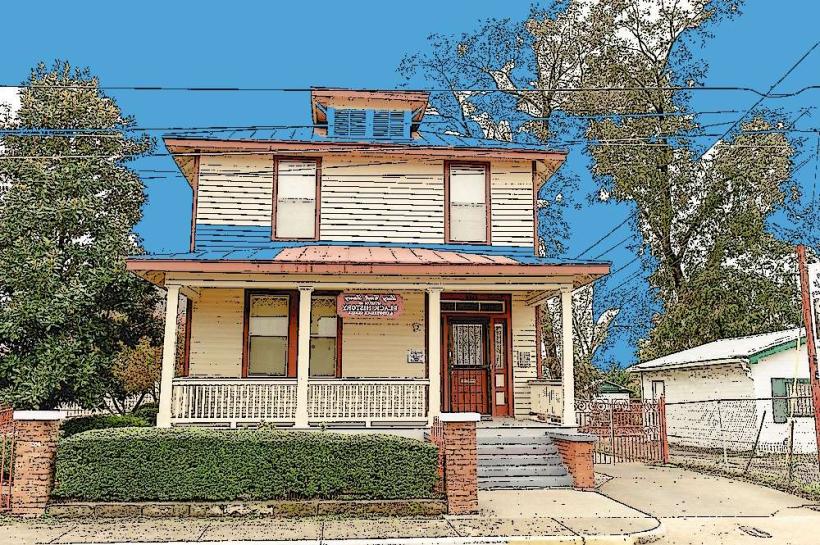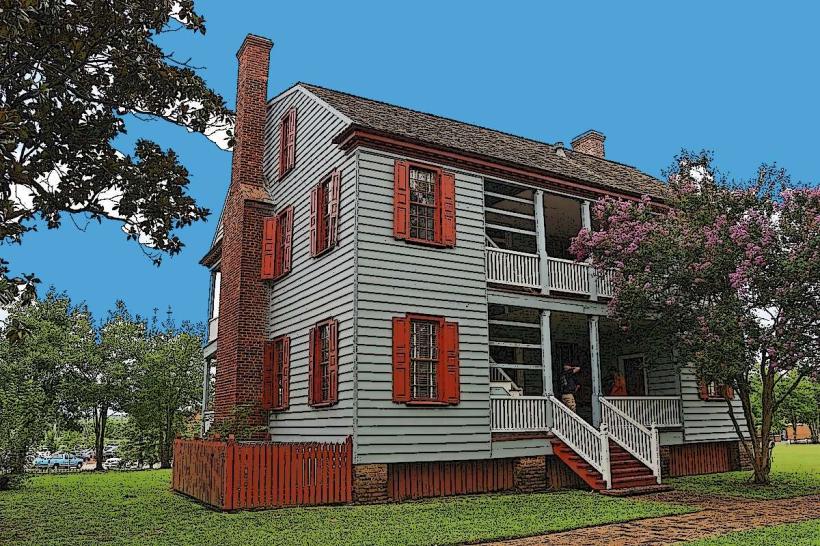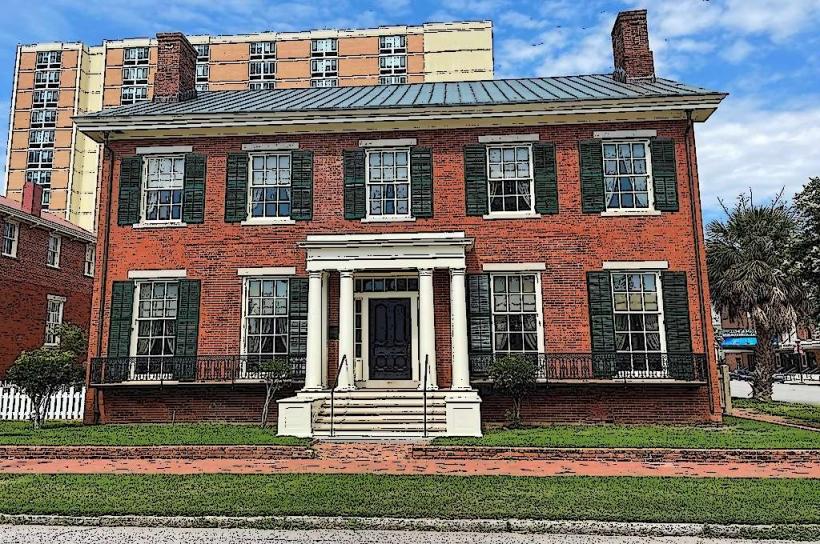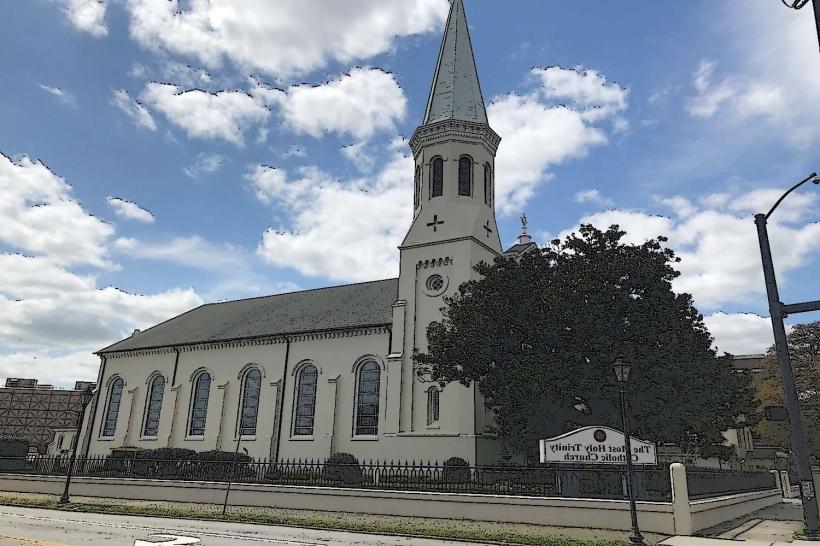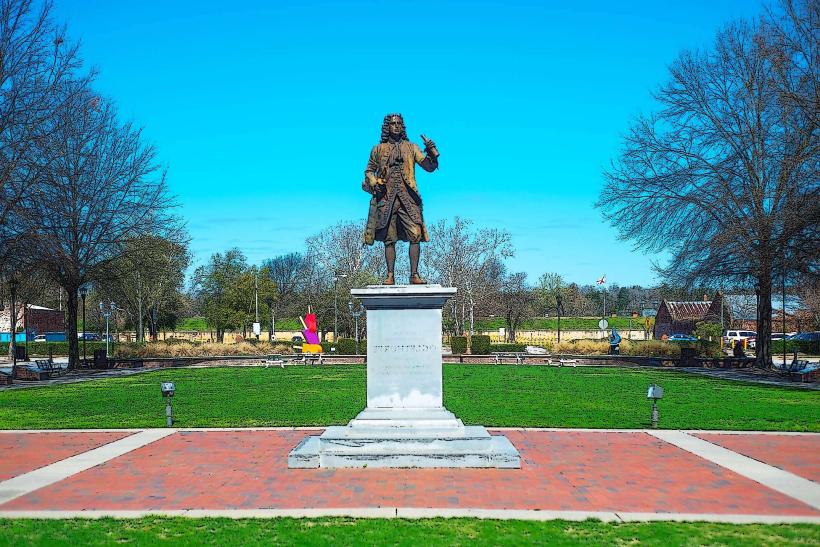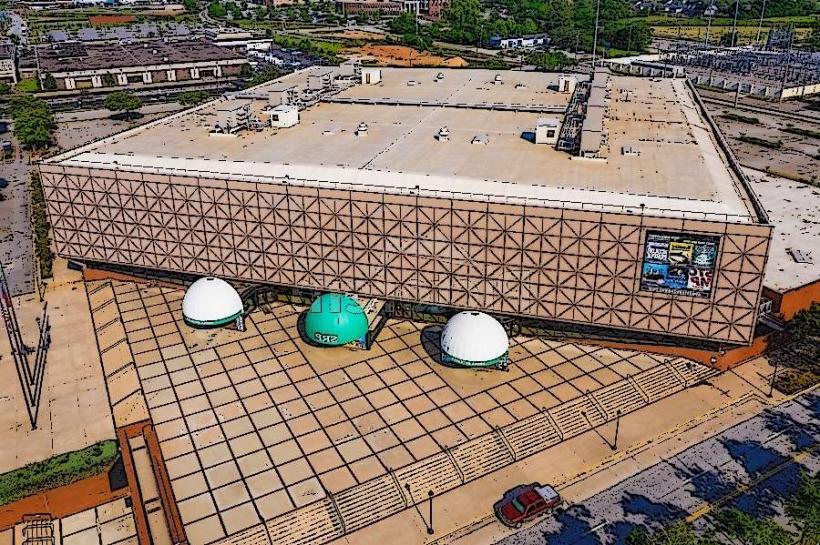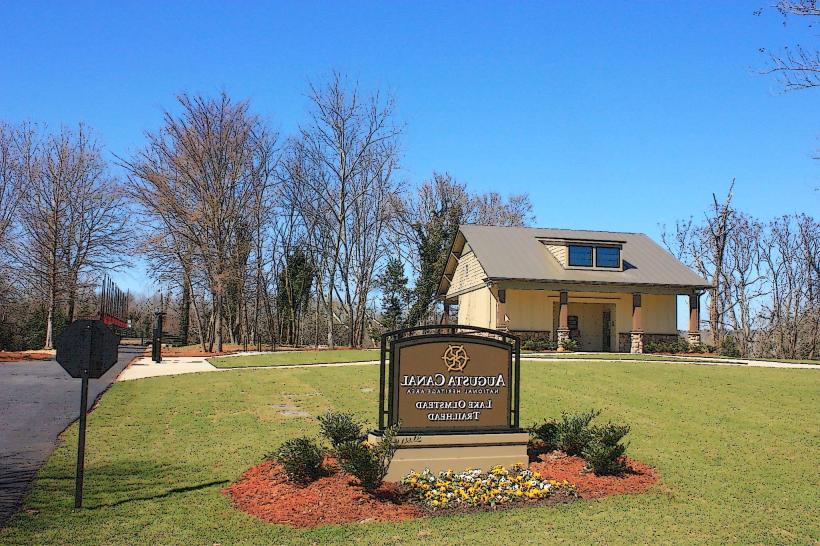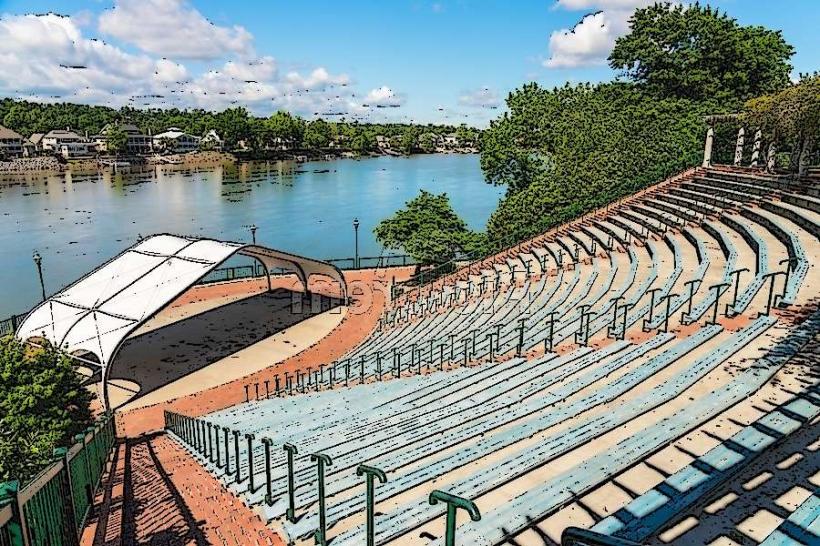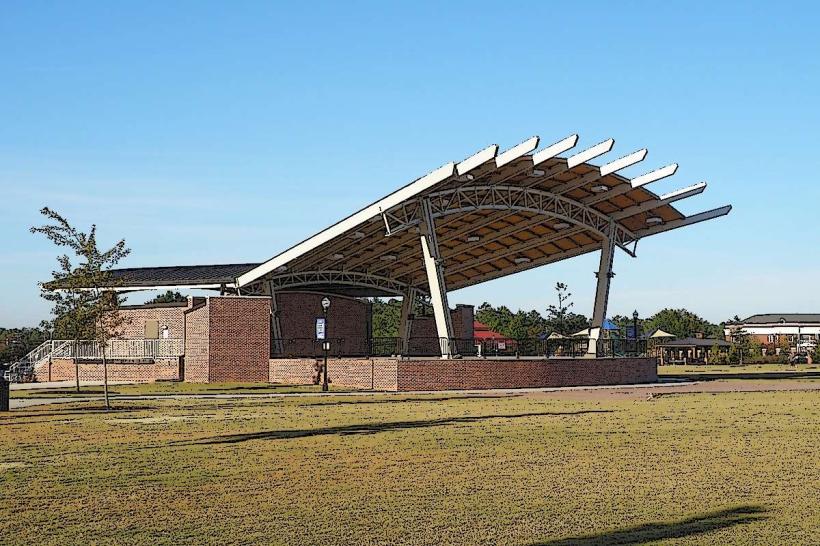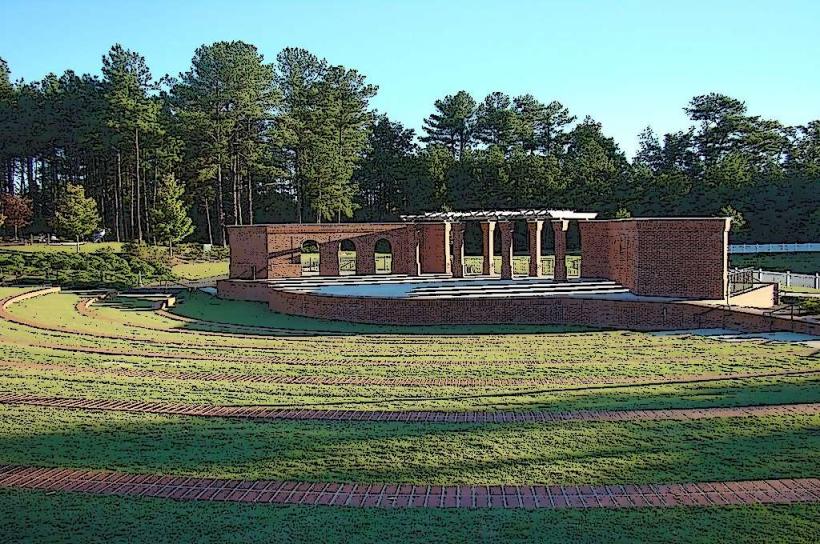Information
Landmark: Augusta Canal National Heritage AreaCity: Augusta
Country: USA Georgia
Continent: North America
Augusta Canal National Heritage Area, Augusta, USA Georgia, North America
Overview
In Augusta, Georgia, the Augusta Canal National Heritage Area blends deep history with thriving wildlife, where brick mill buildings stand beside calm, green water, not only that in 1996, it became Georgia’s first National Heritage Area, a rare piece of industrial history in the American South where brick walls still echo with the hum of classical machinery.The canal stands out as the South’s only industrial waterway that’s been running without a break since the day workers first laid its stone banks, meanwhile in 1845, industrialist and civic leader Henry Cumming oversaw the building of the Augusta Canal, determined to tap the rushing fall-line waters of the Savannah River to drive Augusta’s growth.Engineers built the canal for three main reasons: to keep the city’s taps running, to drive the wheels of mills and factories, and to move goods-like crates of grain or timber-swiftly along its waterway, subsequently built with the hands of enslaved African Americans, free Black workers, and white laborers, its construction drew on a vast workforce and revealed the tangled social and economic fabric of the South before the Civil War, where the sound of hammers echoed across dusty yards.During the Civil War, the canal proved essential, driving the massive waterwheels of the Confederate Powder Works-an industrial giant churning out gunpowder for the Southern army, also the Confederate Powder Works is still standing, one of the rare few permanent buildings left from the Confederate era, its brick walls weathered by more than a century of sun and rain.After the war, workers widened and updated the canal to feed the surging textile trade, its waters turning mill wheels that helped Augusta rise into a key industrial hub of the South, along with in the late 19th and early 20th centuries, the canal’s swift, churning water powered cotton mills and other factories, fueling the region’s economic growth.The canal runs for about 12 miles alongside the Savannah River, its path lined with an 11.5-mile trail where you might catch the scent of pine drifting through the air, at the same time the trail winds through a scenic corridor, linking natural beauty with historic sites and classical brick mills along the way.Along the canal stand the historic Enterprise Mill and Sibley Mill, their brick walls still echoing with history, now transformed into offices, event halls, and spaces for cultural groups, as a result today, the Augusta Canal National Heritage Area offers a site to kayak under luminous blue skies and a chance to learn its rich history up close.Tucked inside the heritage brick walls of Enterprise Mill, the Augusta Canal Discovery Center invites visitors in with hands-on displays that trace how the canal was built, its part in powering Augusta’s factories, and the wildlife that still thrives along its banks, to boot visitors can join guided boat tours that blend lively storytelling with sweeping views of the canal, its rippling water, and the landmarks along the shore.These tours range from Civil War history walks to sunset cruises and lively, music-filled boat rides, each adding its own spark to the visitor’s experience, simultaneously winding along the canal, the trails invite you to roam, jog, cycle, or pause to watch herons glide over the water.Actually, You’ll catch sweeping views of the water, with wildflowers nodding in the breeze and herons gliding low over the shallows, on top of that paddle out on the canal’s glassy surface-it’s just right for a kayak or a canoe.Anglers often gather along the canal, drawn by the mix of fish-trout flashing silver just beneath the surface, along with the Discovery Center hosts hands-on programs and workshops for schools and visitors, sparking curiosity about the canal’s history and its role in protecting the surrounding wetlands.In 1977, the Augusta Canal and its nearby industrial district earned National Historic Landmark status, a nod to their striking brickwork and impressive feats of engineering, in turn in 2018, the American Society of Civil Engineers honored the canal as a National Historic Civil Engineering Landmark, cementing its significance like a silver plaque gleaming in the sun.Preservation work has breathed modern life into the canal corridor, turning weathered antique mills into lively hubs where shops bustle, music drifts through the air, and neighbors gather for community events, while by blending preservation with modern use, the canal stays alive as a monument to Augusta’s past, its water still glinting in the sun, while meeting the community’s needs today and in the years ahead.You’ll find the main Discovery Center at 1450 Greene Street, Suite 400 in Augusta, Georgia-just examine for the brick building with wide glass doors, also we’re open Tuesday to Saturday from 9:30 a.m. To 5 p.m, and on Sundays from 1 to 5, with Mondays quiet and the doors locked, to boot call (706) 823‑0440 for details.Honestly, Admission to the Discovery Center costs $6 for adults, $4 for seniors, military members, and students, and little ones under four get in free, and boat tours cost $14 for adults, and $12 if you’re a senior, in the military, or a student-just show a valid ID at the dock.The Augusta Canal National Heritage Area blends preserved history, lush river views, and lively community events into one rich, inviting region, to boot visitors can step into a vivid chapter of Southern industrial history, then unwind with a hike under the shade of tall pines.By preserving and reimagining it, the canal still shapes Augusta’s character-a site where ancient brick walls meet the hum of today’s streets.
Author: Tourist Landmarks
Date: 2025-10-03

